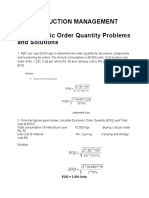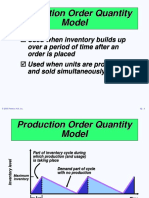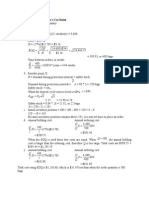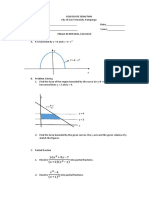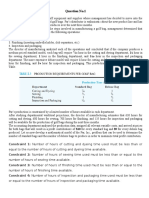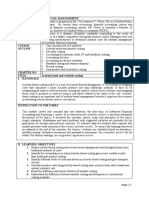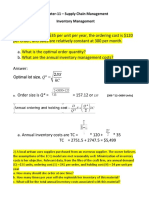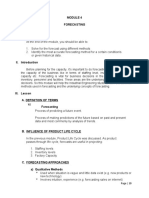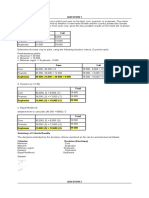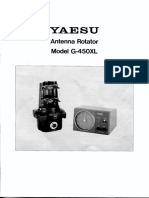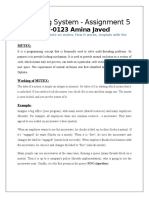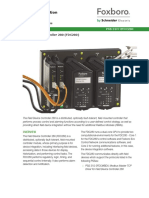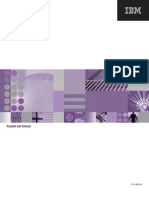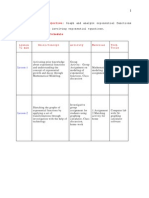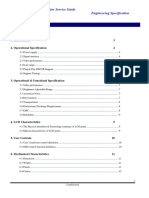100% found this document useful (2 votes)
16K views10 pagesA Product Mix Example
The Quick-Screen clothing manufacturing company wants to determine the optimal production quantities of four different shirt types to maximize profits within constraints. The constraints include a 72-hour production timeframe, 1200 box shipping capacity, $25,000 budget, and 500 dozen blank shirts of each type. Maximizing the total profit function subject to these constraints provides the optimal production quantities.
The Biggs Department Store wants to determine the optimal allocation of advertising spending across television, radio, and newspaper to maximize exposure within budget and resource constraints. The constraints include a $100,000 budget, limits on number of ads/commercials for each media type, and a total production limit of 15 ads/commercials. Maximizing total exposure subject to the
Uploaded by
bulatiCopyright
© Attribution Non-Commercial (BY-NC)
We take content rights seriously. If you suspect this is your content, claim it here.
Available Formats
Download as DOCX, PDF, TXT or read online on Scribd
100% found this document useful (2 votes)
16K views10 pagesA Product Mix Example
The Quick-Screen clothing manufacturing company wants to determine the optimal production quantities of four different shirt types to maximize profits within constraints. The constraints include a 72-hour production timeframe, 1200 box shipping capacity, $25,000 budget, and 500 dozen blank shirts of each type. Maximizing the total profit function subject to these constraints provides the optimal production quantities.
The Biggs Department Store wants to determine the optimal allocation of advertising spending across television, radio, and newspaper to maximize exposure within budget and resource constraints. The constraints include a $100,000 budget, limits on number of ads/commercials for each media type, and a total production limit of 15 ads/commercials. Maximizing total exposure subject to the
Uploaded by
bulatiCopyright
© Attribution Non-Commercial (BY-NC)
We take content rights seriously. If you suspect this is your content, claim it here.
Available Formats
Download as DOCX, PDF, TXT or read online on Scribd
/ 10




